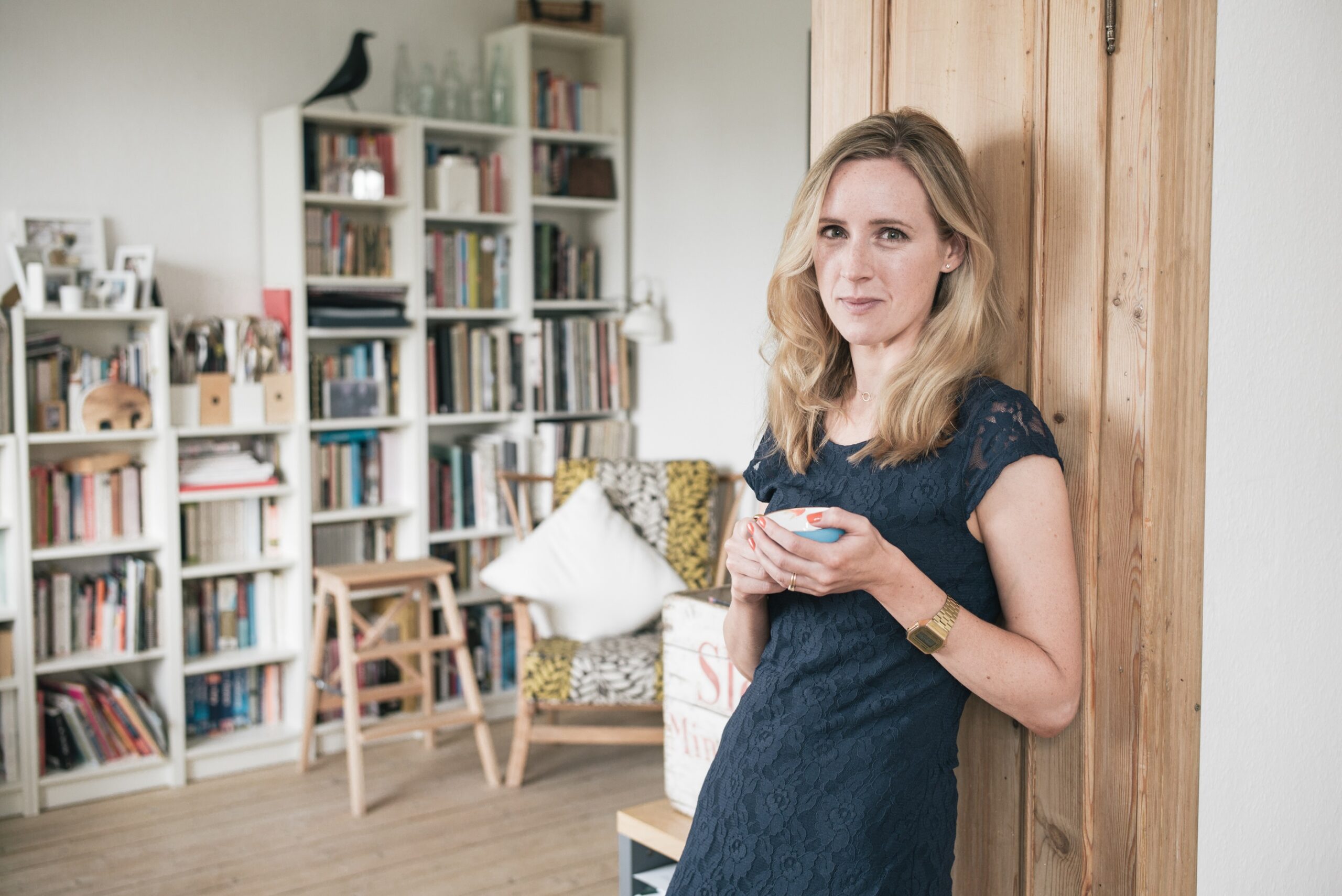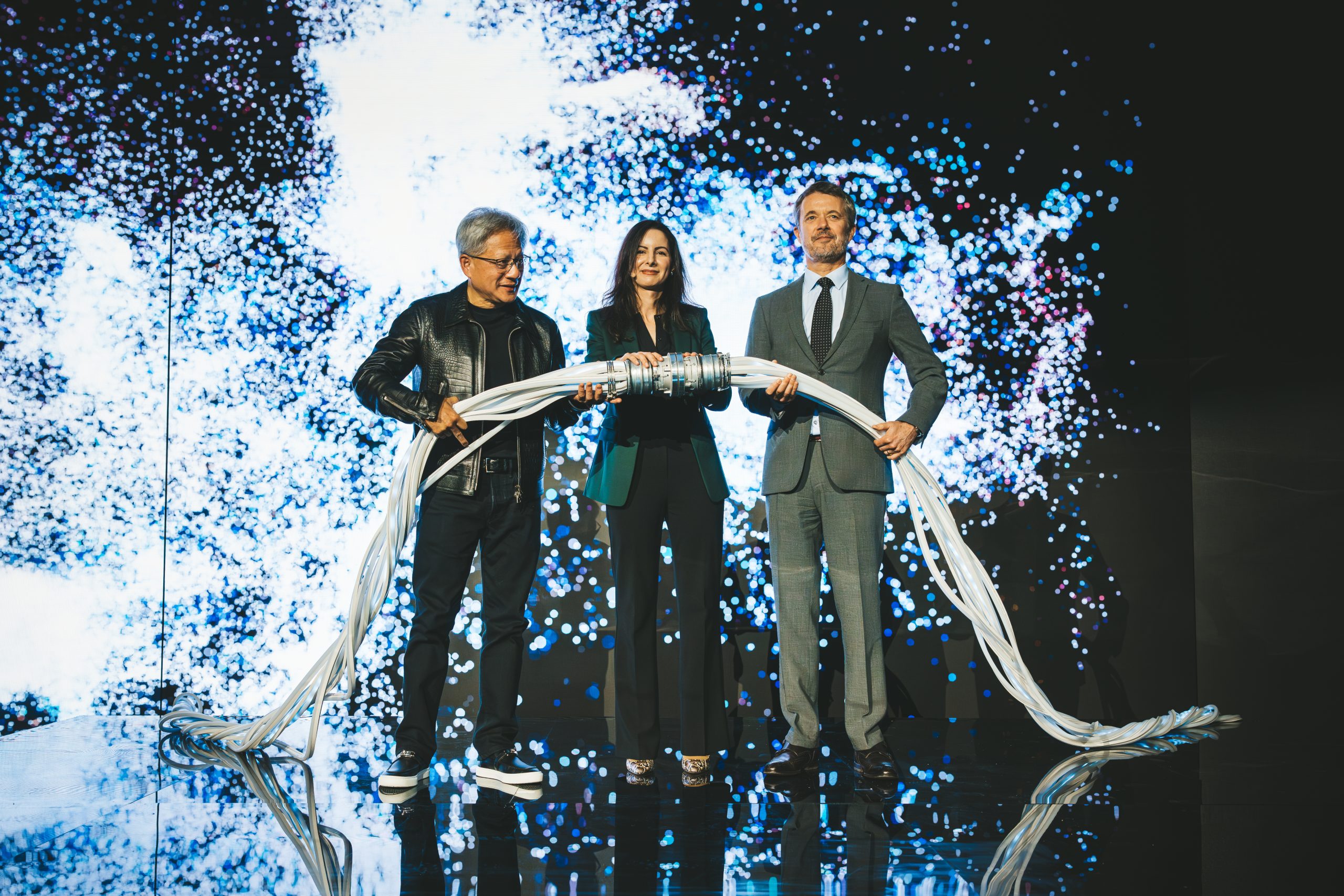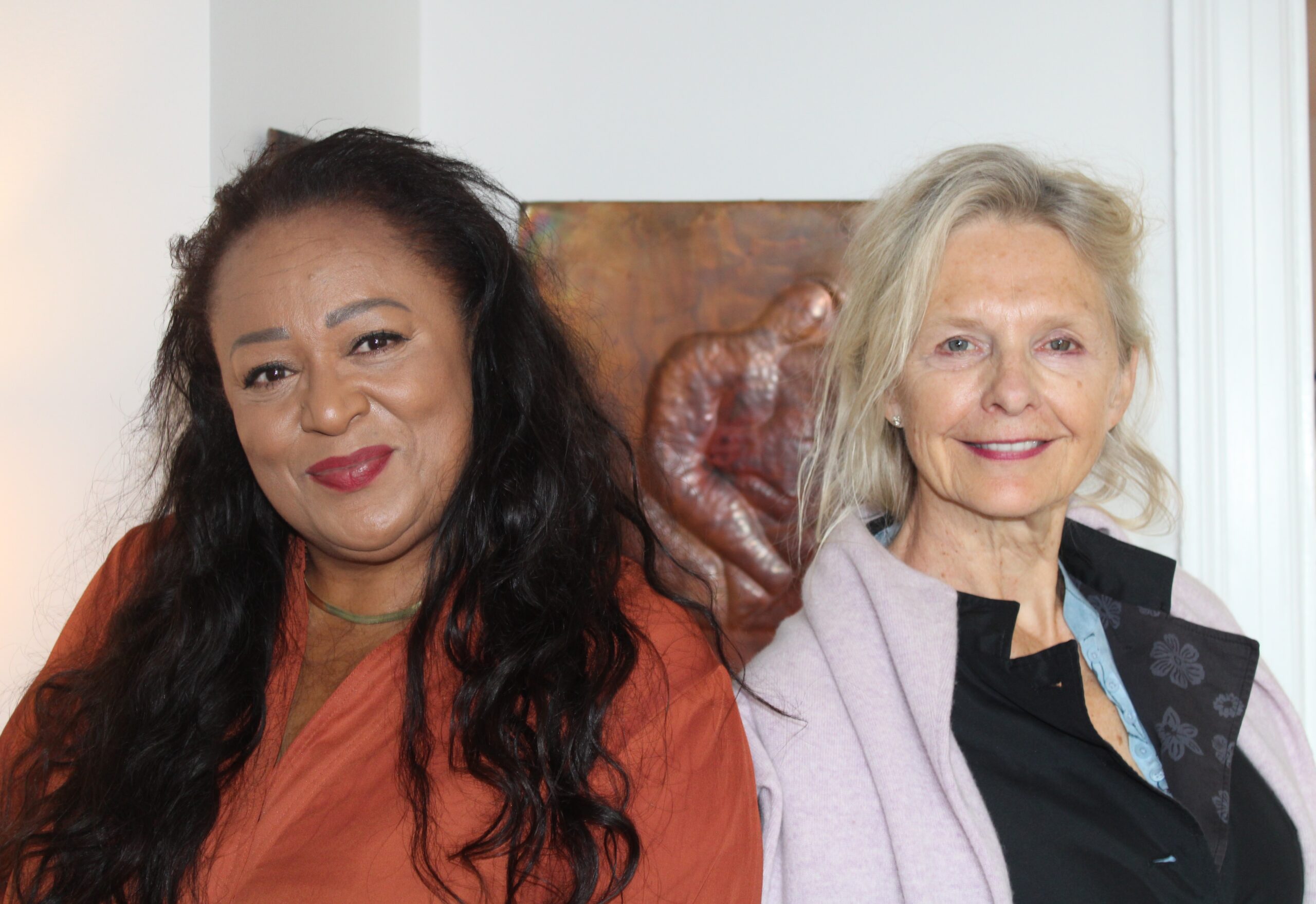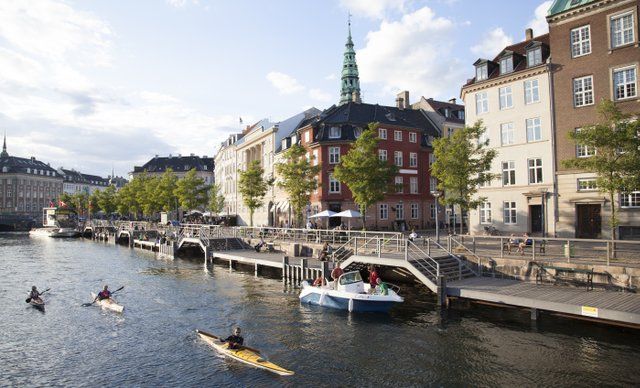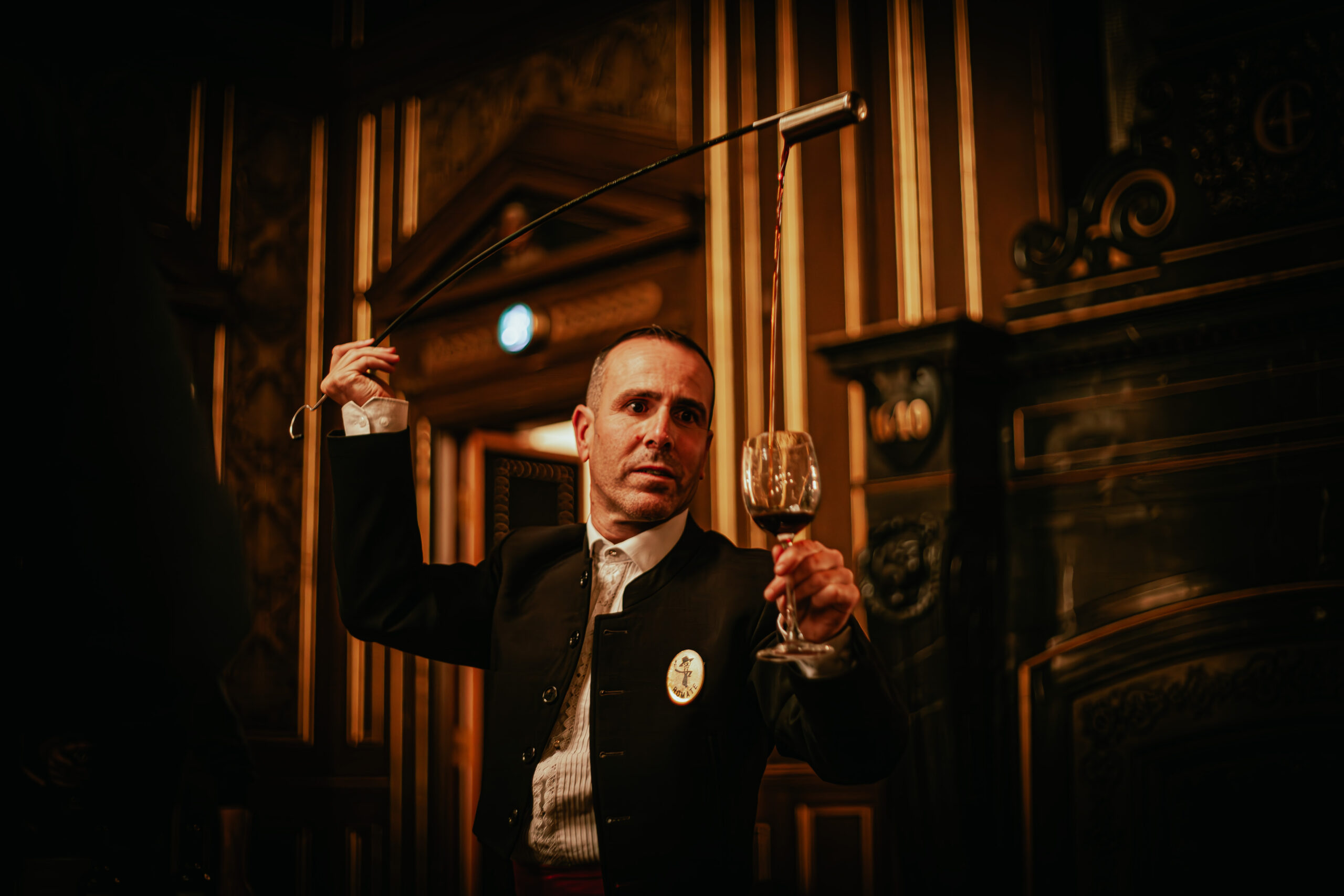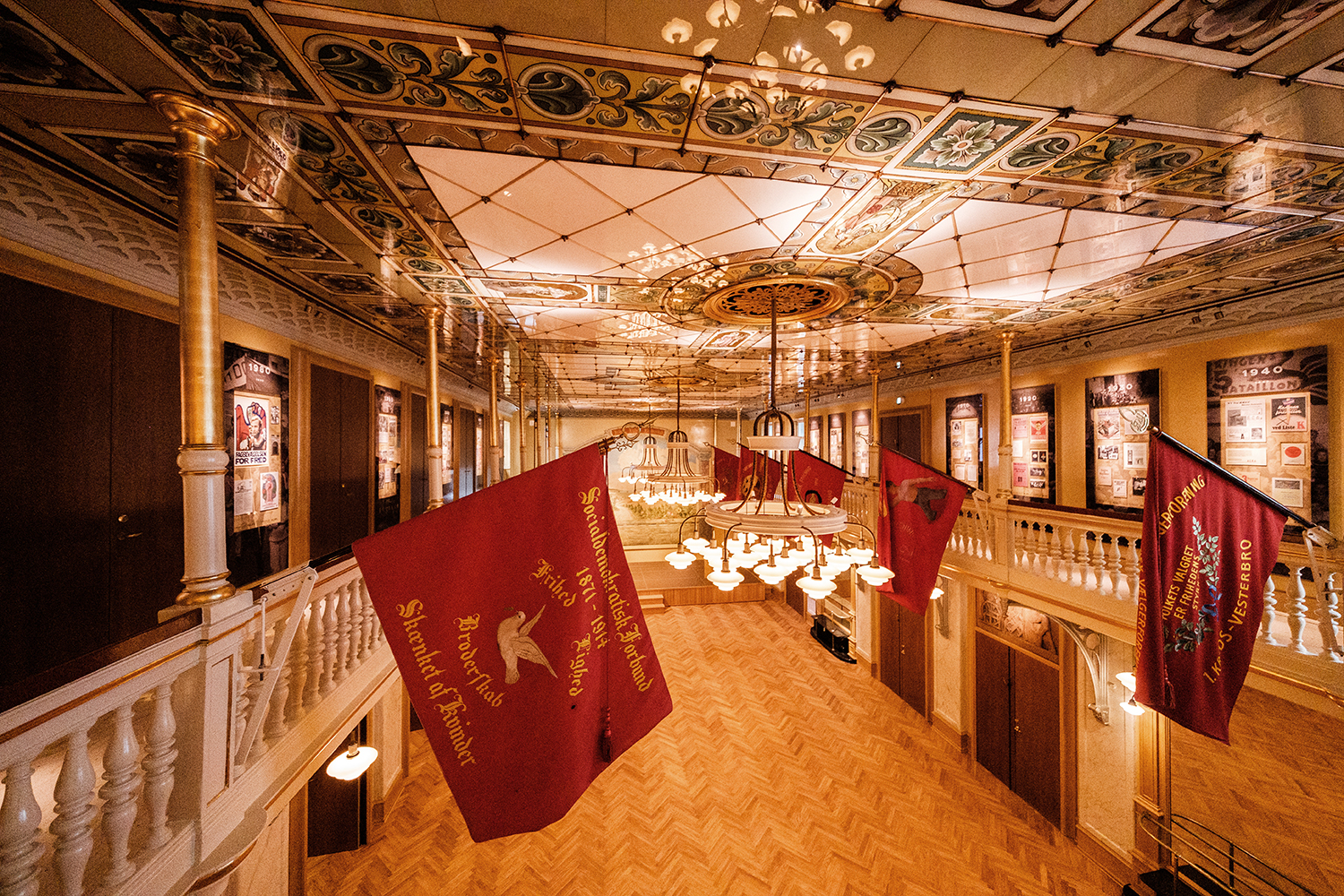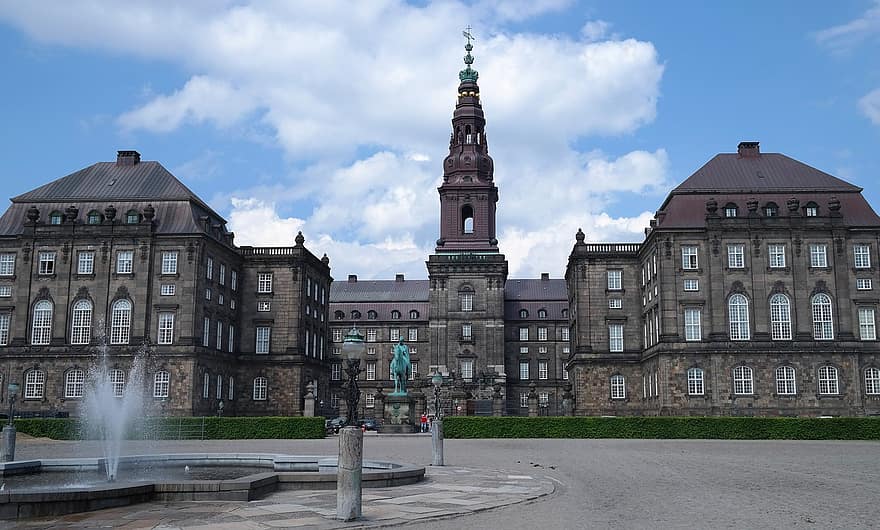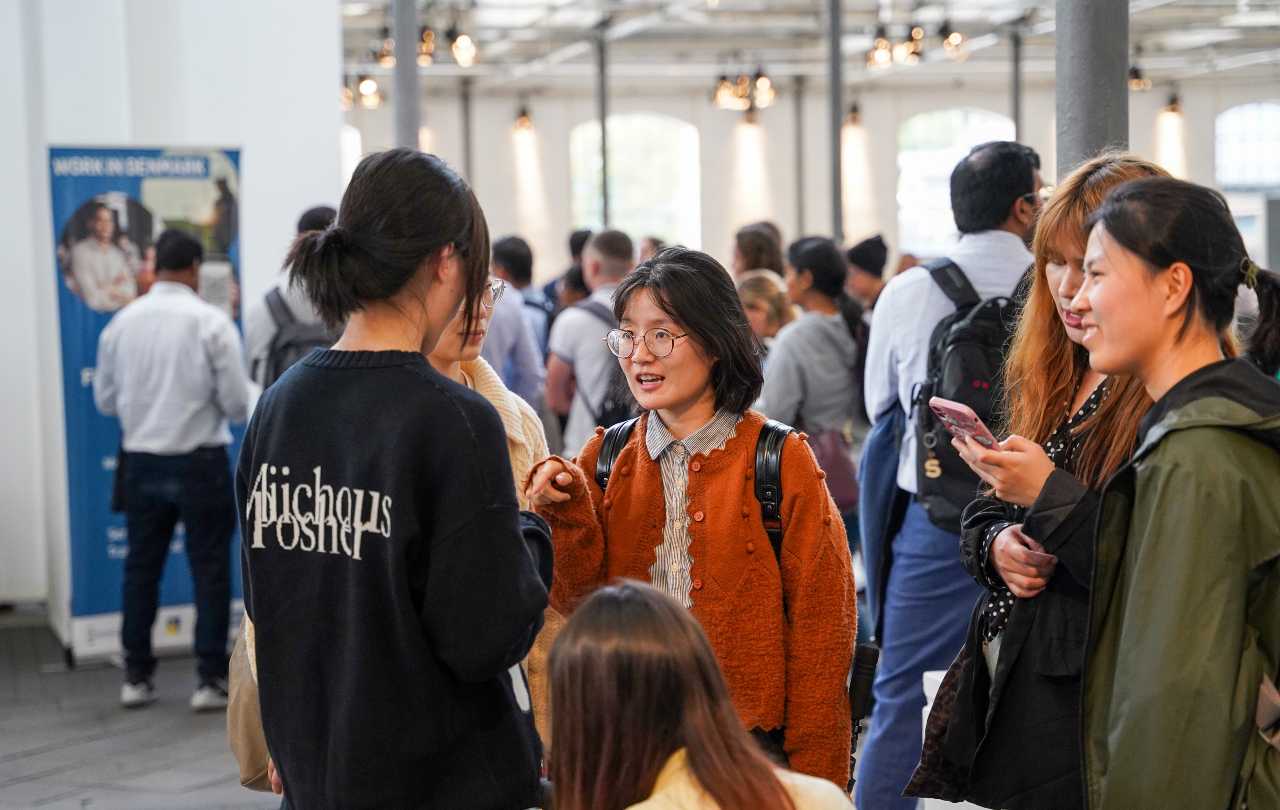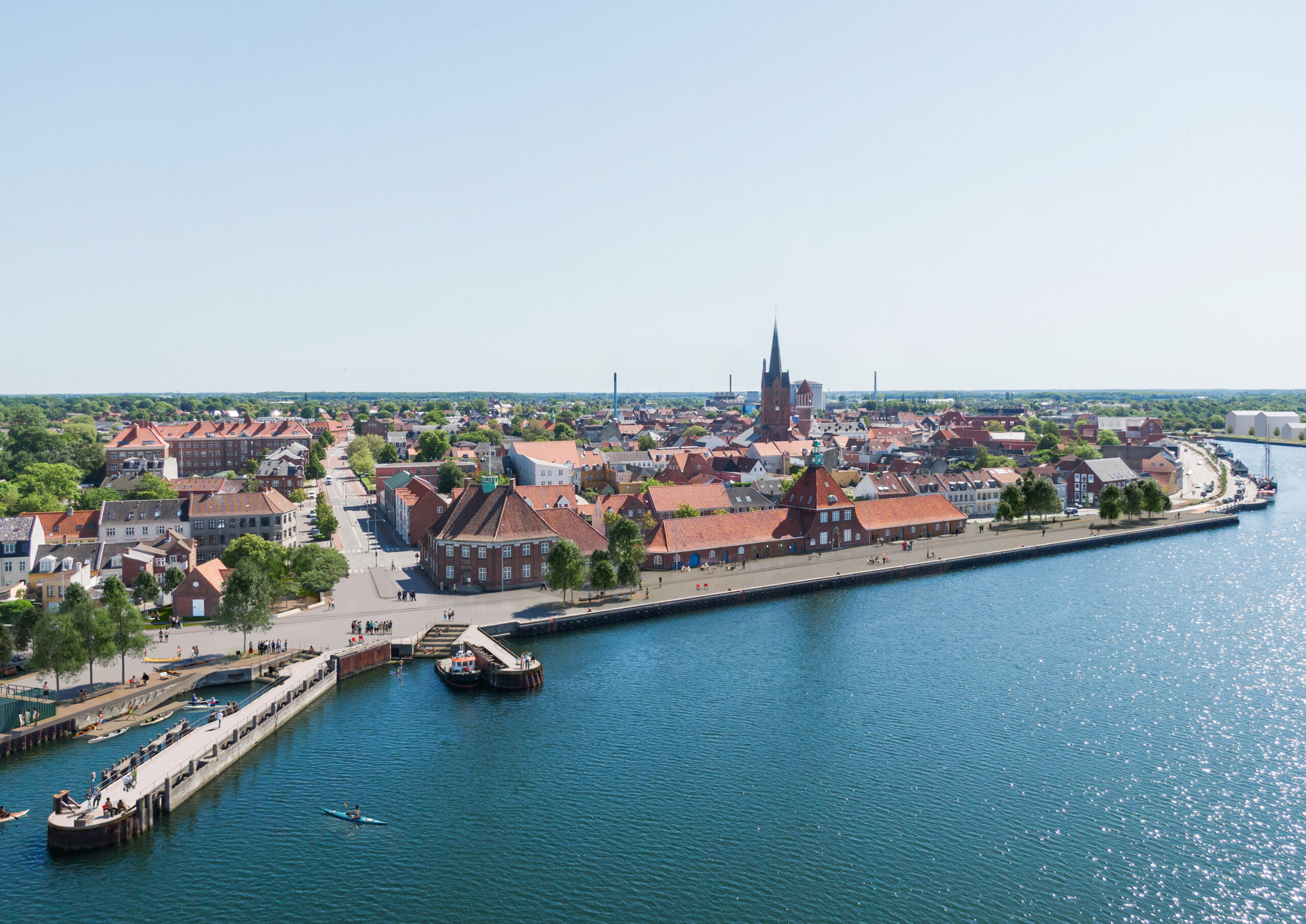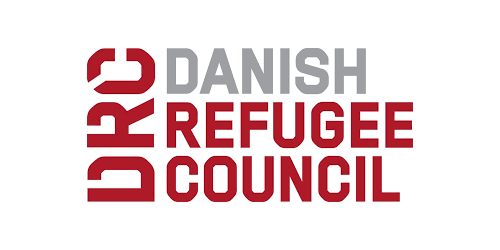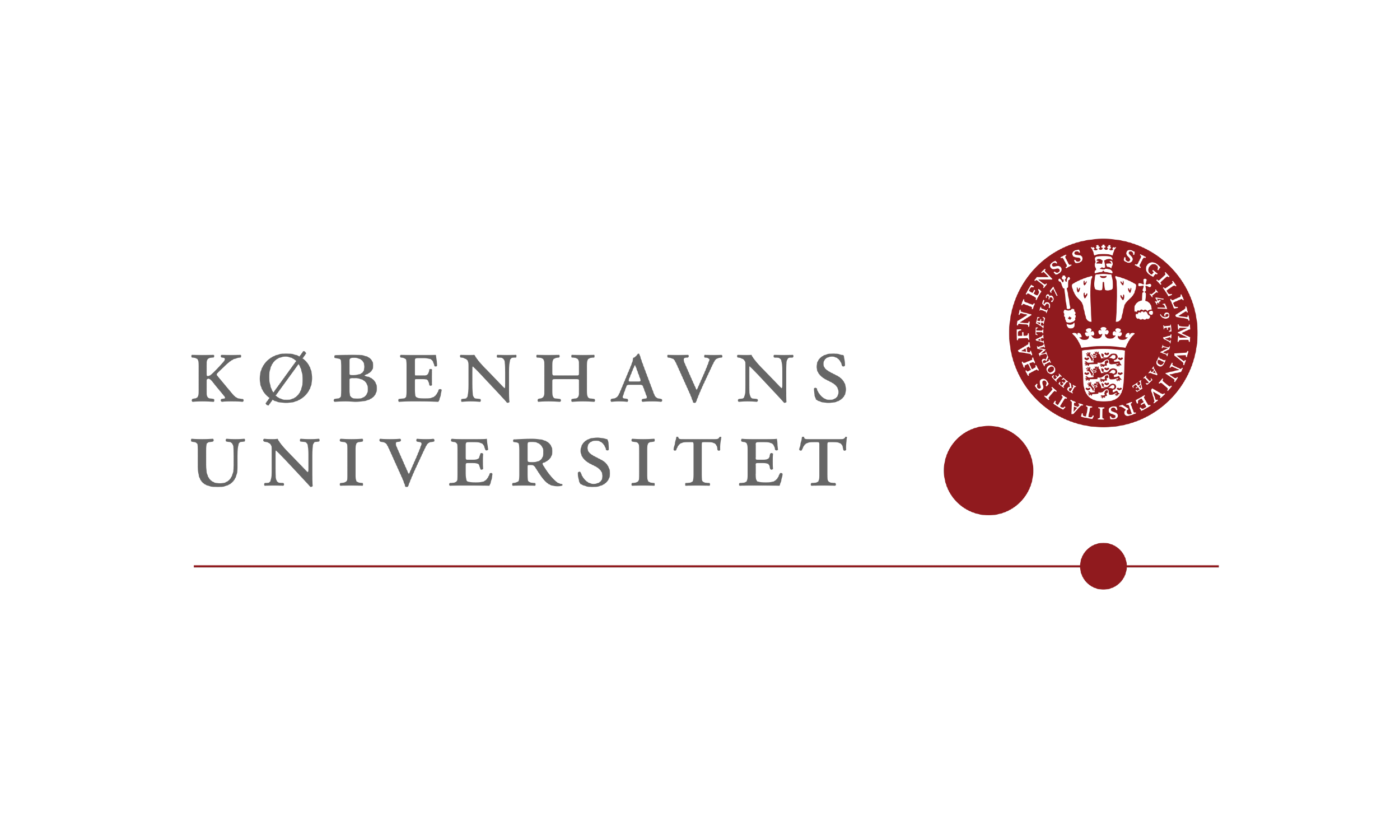Danish CO2 emission quotas going awry is a central component in an ongoing VAT-fraud case in Italy involving at least 38 people. It is alleged that Italian taxpayers may have been cheated out of 8.5 billion kroner and that the funds may have been used, among other things, to finance terror.
The scandal was revealed after a joint British and US operation against the Taliban in the border region between Afghanistan and Pakistan found documents in a cave, according to the Italian newspaper Corriere dela Serra.
“According to my sources, the documents that were found in the cave indicate the money swindled in this case has been used to finance terrorism,” Giuseppe Guastella, a journalism with Corriere dela Serra, told DR Nyheder.
READ MORE: Denmark among the biggest swindlers when it comes to getting EU funding
Fake address in Hvidovre
A British citizen with a Pakistani background is wanted as the organiser and 37 others – 11 of whom are still at large – are currently being investigated, as is the Italian shell company SF Energy Trading that was used to defraud the billions.
SF Energy Trading used the Danish CO2 quota registry to gain access to quotas, which were then traded among German, Dutch, British and other Italian companies. One of the quota dealers who traded with SF Energy Trading was registered to a fake address in Hvidovre.
READ MORE: Government drags feet over proposal to revive carbon trading market
Quotas oft linked to terrorism
Marius-Christian Frunza, a French professor and expert in VAT-fraud, said the link between terrorism and climate quotas was well documented.
“The goal was not just to swindle the VAT from the state, but also use the CO2 to transfer capital to extremist and terrorist activities,” Frunza told DR Nyheder.
The Danish quota registry has been open for CO2 trade since 2008, and in 2012 a tightening of registration procedure was implemented. The Italian quota scandal took place between 2009 and 2010.

